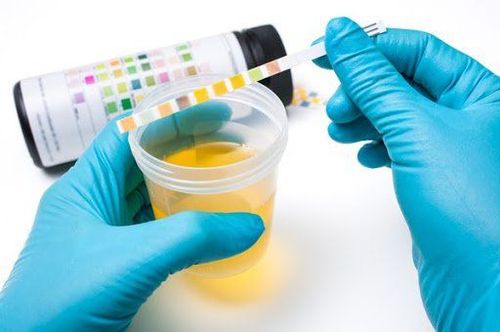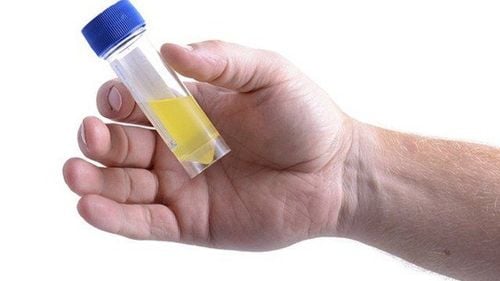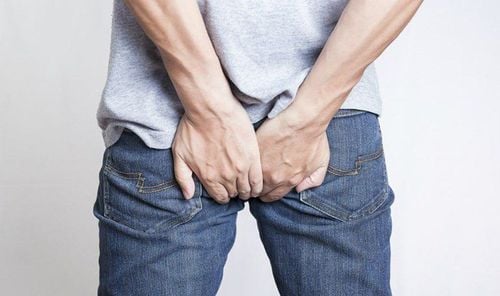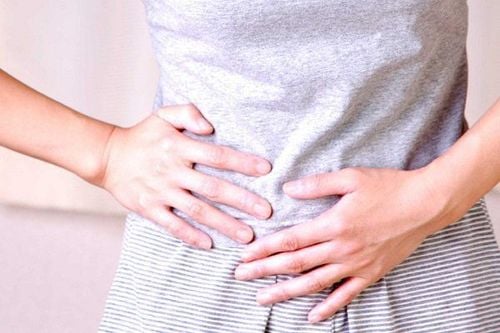This is an automatically translated article.
The article is professionally consulted by Master, Doctor Pham Thi Thuy Nhung - Head of Laboratory Department - Laboratory Department - Vinmec Hai Phong International General Hospital.Urine sedimentoscopy test is a common test used to find visible components in the urine: blood cells, epithelial cells, urinary casts, crystals... There are 2 methods of sediment testing. Urine was fresh smear and Addis sediment test.
1. Urine sediment test
A complete urinalysis includes: urinalysis and urinalysis. In particular, urinalysis is a basic test that supports the diagnosis of diseases in the urinary system, monitoring of bacterial and parasitic infections.Urinalysis is easy, convenient and inexpensive. Urine specimens are easy to obtain, painless and do not require special medical procedures, so this test is widely used.
2. Addis . residue test procedure
At 6 a.m., instruct the patient to empty the urine during the night, then record the time, give the patient 200ml of boiled water to cool, let the patient lie down and instruct the patient to collect urine in a clean, dry potty .By 9 a.m., have the patient urinate for the last time in the potty, then measure the amount of urine and record it on the test paper. Shake the entire urine well and collect 10ml of urine specimen for testing. Note, patients should fast for 8-12 hours before taking this test. Addis residue test results are usually available in 90 minutes.
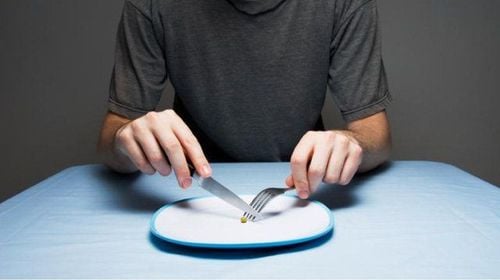
3. Addis . residue test results
3.1 Normal results of Addis residue test No or very little presence of red blood cells and white blood cells in urine sediment (<1000 red blood cells/min and <2000 white blood cells/min). Occasionally there are a few flat cells that are cells of the lining of the ureter or some sperm (if urinalysis is done in men). In addition, in the normal Addis residue test, there will be no urinary casts such as red blood cells, white blood cells...3.2 Abnormalities and significance of Addis residue test 3.2.1 Red blood cell urine sediment (Urine urine) Hematuria) Gross hematuria: When a large amount of blood appears in the urine, it can be detected with the naked eye only when the urine is pink to red, and it takes a long time for the red blood cells to settle. Just about 1ml of blood in 1 liter of urine is enough to change the color of a urine test. Microscopic hematuria: Addis residue test with >1000 red blood cells/min. Significance of the appearance of red blood cells in urine sediment: Pathologies that make the Addis residue test with red blood cells include: acute or chronic glomerulonephritis, renal tuberculosis, urinary stones, cystitis, bladder cancer. Sometimes the cause is systemic diseases (eg diseases of the hematopoietic system, disorders of hemostasis). 3.2.2 WBC urine sediment Addis sediment test is considered to have the presence of leukocytes when > 2000 BC/min. When urine sediment has white blood cells, it means there is an infection in the urinary system. Sometimes accompanied by the presence of white blood cell casts will reinforce evidence of urinary tract infections such as UTIs, cystitis or nephritis... In some cases, when there are too many white blood cells, it will be important. Cloudy urine is seen in acute and chronic pyelonephritis. 3.2.3 Urine sediment with cylindrical columns The cylindrical structures present in the urine sediment are defined as urinary casts, which are essentially mucoproteins, which are a type of protein secreted by damaged tubular cells. or proteins from plasma pass through the glomerular barrier into the urine. The presence of casts in the urine indicates that there has been physical damage to the glomerulus or tubules.
There are two types of cylinders, cellless cylinders and celled cylinders. Cellular casts are columns containing dead cells such as: tubular epithelium, white blood cells, red blood cells... The number of cylinders is not as important as what type of cylinder it is, because each type of cylinder is different. It will help to suggest a more accurate diagnosis. Types of cylinders in the Addis residue test include:
Inner casts, also known as hyaline casts: This is a type of cylinder that is essentially a protein that has not been completely degraded, without cells. Colloidal casts: Degenerated epithelial cells. Wax pillars: These are completely degraded proteins. Fat casts: caused by degeneration of the cytoplasm of cells, or by secretion of fat in the blood. Fat granules are evident in the ulnar body, commonly seen in steatosis. Granule casts: Casts containing protein and carcasses of renal tubular epithelial cells, are common in chronic glomerulonephritis, if the granules are dirty brown, they are common in acute renal failure. RBC casts: Contains red blood cells that pass through the glomerular barrier into the urine, seen in acute glomerulonephritis. Leukocyte casts: Contains dead white blood cells suggesting damage from renal parenchyma, seen in acute and chronic pyelonephritis. 3.2.4 Other components in urine sediment
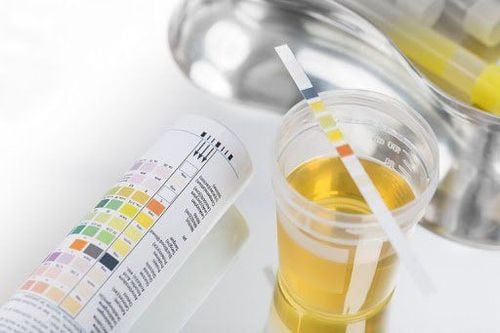
4. Abnormal restrictions of the Addis . residue test
Drink enough water: You should drink enough 1.5 - 2 liters of water per day to help the kidneys remove all wastes out. Do not eat too salty foods that will make the kidneys work too hard, affecting the function of the kidneys. Add vitamins and fiber to your body by adding more green vegetables and fruits to your daily meals. Work hard in sports, improve health, and strengthen the body's immunity. Do not smoke, drink alcohol or stimulants because they directly affect the process of creating deposits in the kidneys. People with kidney disease should reduce their diet rich in vitamin C and fats, and limit eating offal and animal fat. Periodic health check-up, especially for people with kidney diseases.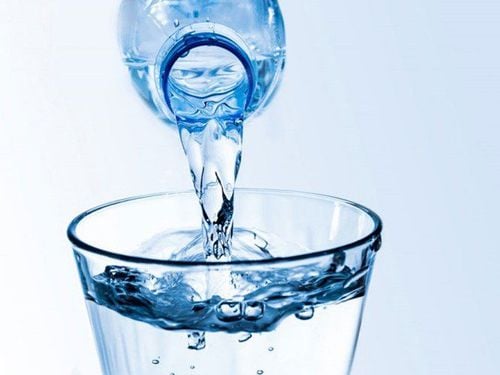
Please dial HOTLINE for more information or register for an appointment HERE. Download MyVinmec app to make appointments faster and to manage your bookings easily.





